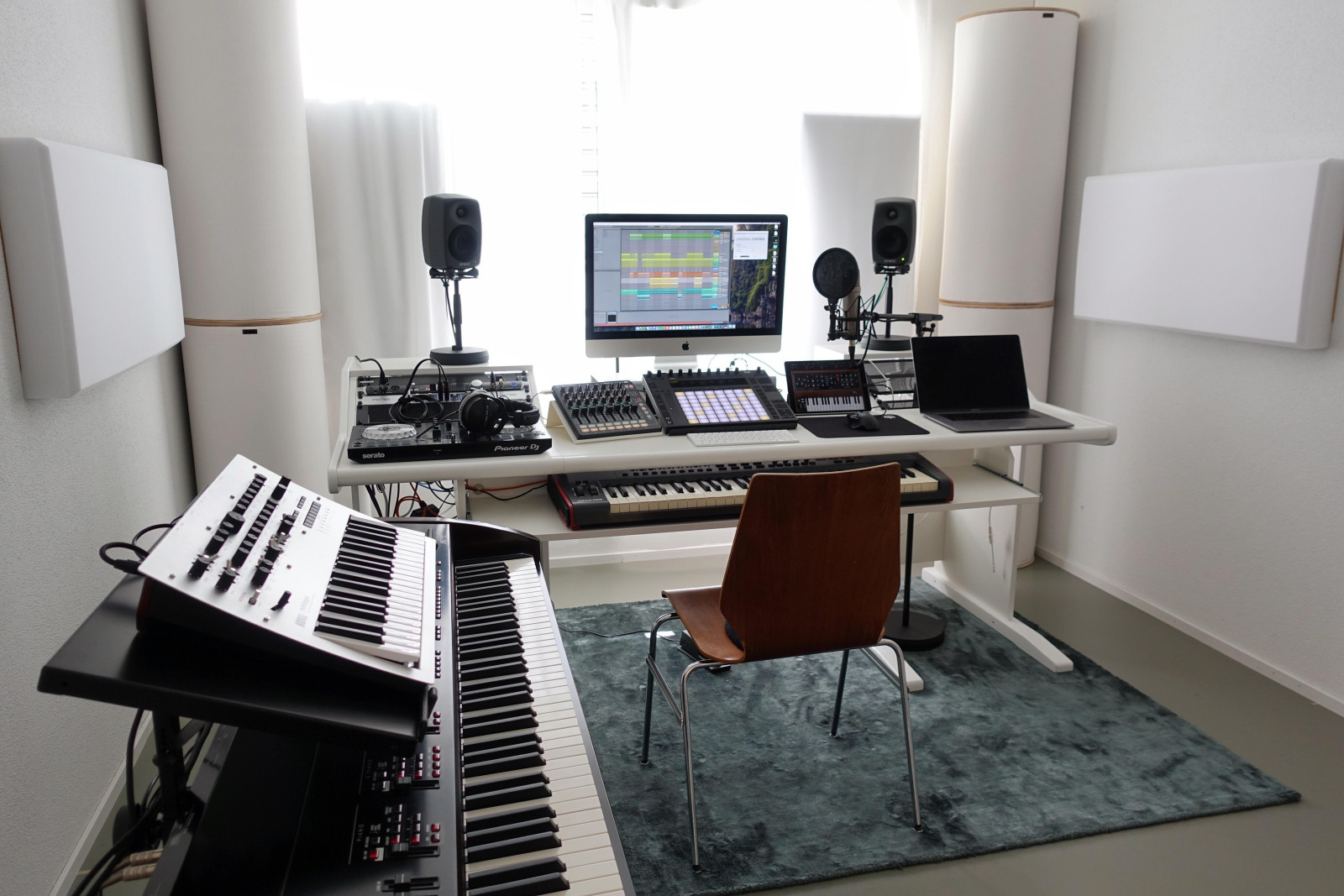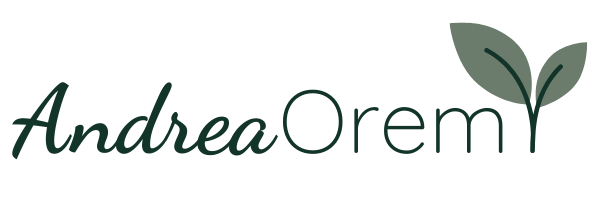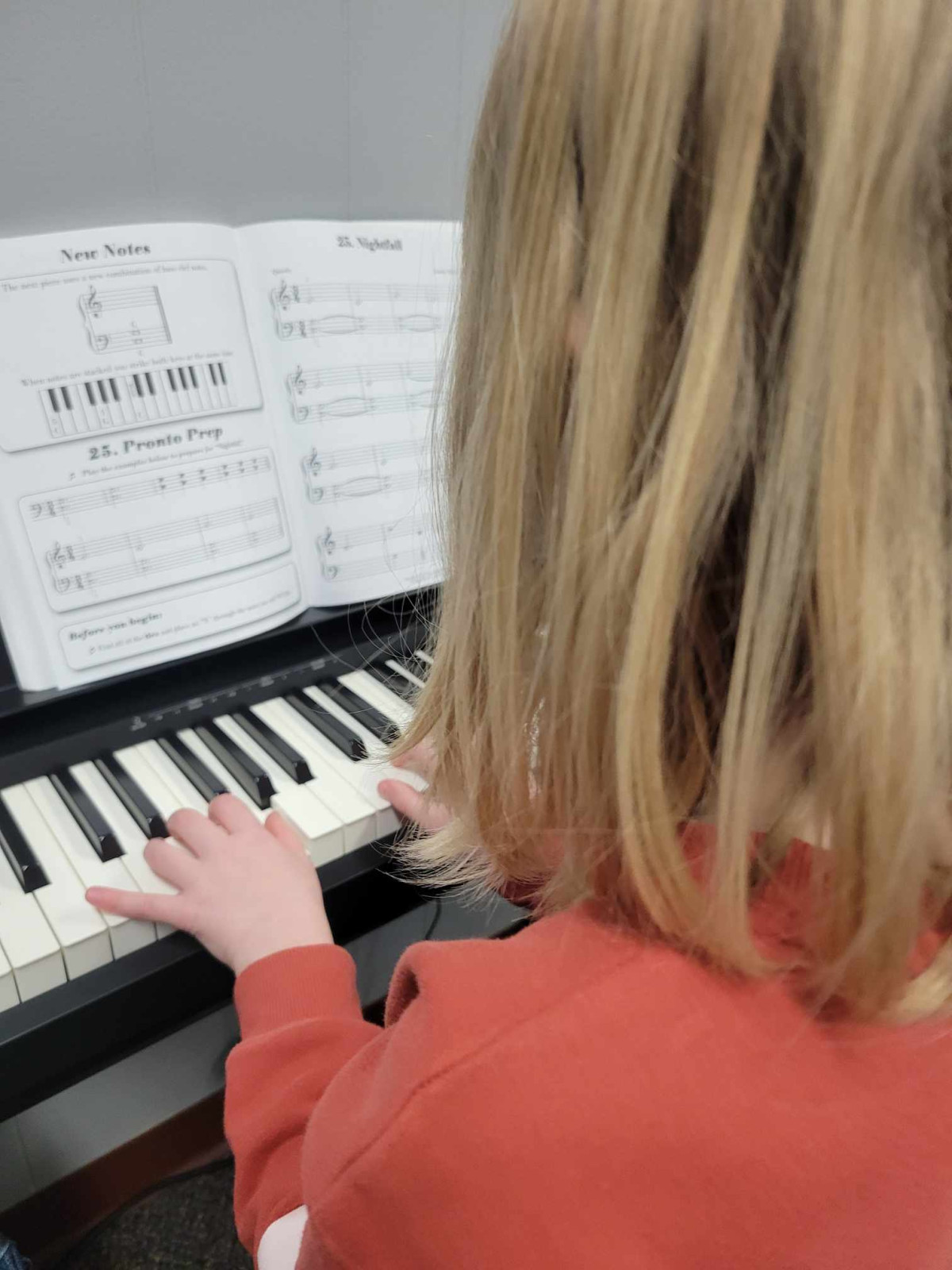
- Establish Clear Boundaries: One of the first steps in managing your time effectively is to establish clear boundaries between your work and family life. Set designated work hours for your music teaching and office hours, and communicate these hours to your students and family members. Similarly, carve out dedicated family time where work-related distractions are minimized. By delineating boundaries, you create space for both professional and personal commitments without letting them overlap excessively.
- Prioritize Tasks: Prioritization is key when balancing multiple responsibilities. Identify the most important tasks for both your music freelance teaching and family responsibilities, and tackle them accordingly. Time block to get those one-time or weekly tasks done. Consider using productivity techniques such as Eisenhower's Urgent/Important Principle to manage your time efficiently. By focusing on high-priority tasks first, you can make significant progress in both areas of your life without feeling overwhelmed.
- Embrace Flexibility: Flexibility is essential when navigating the unpredictable nature of freelance work and family life. Recognize that plans may need to be adjusted at times, and be willing to adapt accordingly. Utilize tools such as scheduling apps or digital calendars to keep track of appointments, deadlines, and family events. Additionally, communicate openly with both your students and family members about any changes or adjustments to your schedule. By embracing flexibility, you can navigate unforeseen challenges with greater ease and minimize stress.
- Delegate and Outsource: Don't hesitate to delegate tasks or outsource certain responsibilities to others when necessary. Whether it's hiring a virtual assistant to handle administrative tasks related to your teaching business or enlisting family members to help with household chores, delegating can free up valuable time and mental energy. Remember that you don't have to do everything yourself, and seeking support from others can lighten your workload and reduce feelings of overwhelm.
- Practice Self-Care: Amidst the hustle and bustle of balancing work and family life, don't forget to prioritize self-care. Carve out time for activities that recharge you mentally, physically, and emotionally. Whether it's taking a walk, practicing mindfulness, or indulging in a hobby, self-care is essential for maintaining balance and preventing burnout. Remember that by taking care of yourself, you'll be better equipped to fulfill your commitments to both your music freelance teaching and your family.

- Enhanced Focus: By allocating dedicated blocks of time for tasks like lesson planning, teaching, and administrative work, you can minimize distractions and maintain focus on the task at hand. Less distraction means more done in less time!
- Improved Productivity: Time blocking allows you to prioritize important tasks and allocate sufficient time to complete them effectively, resulting in increased productivity and efficiency. This feels good!
- Better Work-Life Balance: By scheduling specific blocks of time for work-related tasks and personal activities, you can create a more balanced schedule that allows for adequate time for rest, relaxation, and family commitments. I get so much done in dedicated 15-30 minute blocks of time!
- Reduced Stress: With a structured schedule in place, you can alleviate the stress and anxiety that often comes from feeling overwhelmed by a long list of tasks and responsibilities. The flexibility of this approach allows you not to work too long or too much as well.
- Identify Your Priorities: Start by identifying the most important tasks and activities in your day-to-day life as a music teacher. This may include lesson planning, teaching sessions, administrative work, personal practice time, and leisure activities.
- Allocate Time Blocks: Divide your day into blocks of time, with each block dedicated to a specific task or activity. Be realistic about the time needed for each task, and don't forget to include buffer time for unexpected interruptions or transitions between activities. Make sure you dedicate the time blocks where you are most alert and awake and inspired for the more challenging, brain-heavy tasks!
- Stick to Your Schedule: Once you've established your time blocks, commit to sticking to your schedule as much as possible. Avoid the temptation to multitask or deviate from your plan, and instead focus on completing each task within its designated time frame. Set a timer and turn your phone to airplane mode for minimal distractions!
- Review and Adjust: Periodically review your time blocking schedule to assess its effectiveness and make any necessary adjustments. Be flexible and willing to adapt your schedule as needed to accommodate changes in workload or priorities or family obligations.
- Use Tools and Resources: Utilize tools such as digital calendars, scheduling apps, or traditional planners to help you organize and visualize your time blocking schedule. Experiment with different methods until you find the approach that works best for you. I use Google Calendar and the tasks feature to organize my time effectively.
Time blocking can be a valuable tool for music teachers seeking to manage their time more effectively and increase their productivity. By allocating dedicated blocks of time for different tasks and activities and projects, you can enhance focus, productivity, and work-life balance. Whether you're scheduling teaching sessions, lesson planning, or personal practice time, incorporating time blocking into your routine can help you make the most of your time and achieve your goals as a music educator without feeling burnt out.


- Set Clear Goals: Begin by defining your musical objectives and the milestones you aim to achieve. Whether it's mastering a challenging technique, learning new repertoire or a new instrument, or honing your improvisational skills, clarity in your goals will guide your efforts and help you stay focused amidst the busy-ness.
- Establish Boundaries: While teaching and family commitments come first, it's essential to delineate boundaries to safeguard time for personal musical pursuits so that we don't become musically stagnant. Communicate your needs to your students and loved ones, setting realistic expectations and carving out dedicated time for practice or time with an ensemble.
- Create a Flexible Schedule: Acknowledge that different seasons may afford varying amounts of time for personal musical endeavors. Design a flexible schedule that adapts to the demands of teaching and family life, allocating resources accordingly. During busier periods, focus on maintaining consistency in practice habits, while in quieter seasons, seize the opportunity to delve deeper!
- Practice with Purpose: Maximize the efficiency of your practice sessions by prioritizing quality over quantity. Identify specific areas for improvement and tailor your practice routine accordingly. Embrace focused repetition, targeted exercises, and use your goals to establish priorities that make the most of your available time.
- Embrace the Power of Reflection: Use downtime between teaching engagements and family responsibilities to reflect on your musical skills. Evaluate your progress, identify areas of growth, and strategize ways to overcome challenges. Cultivate a mindset of continuous improvement, seeking opportunities for learning and development in every season.
- Seek Support and Accountability: Surround yourself with a supportive network of fellow musicians, mentors, and loved ones who understand and respect your commitments. Lean on them for encouragement, advice, and accountability as you navigate the complexities of balancing teaching, family life, and personal musical growth.

Do you struggle with TMJ pain? Or do you love someone who does? How does it take a toll on you emotionally?
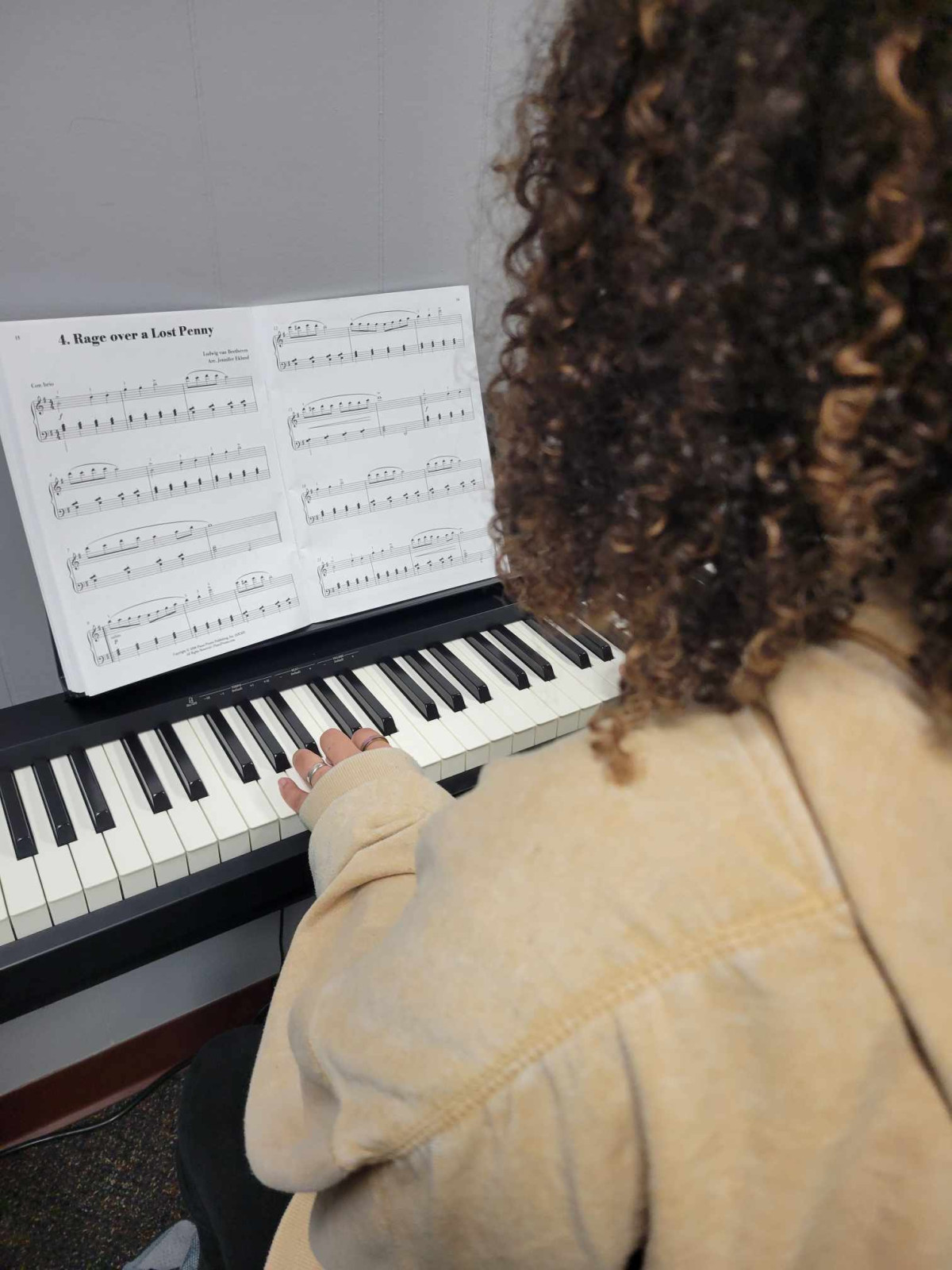
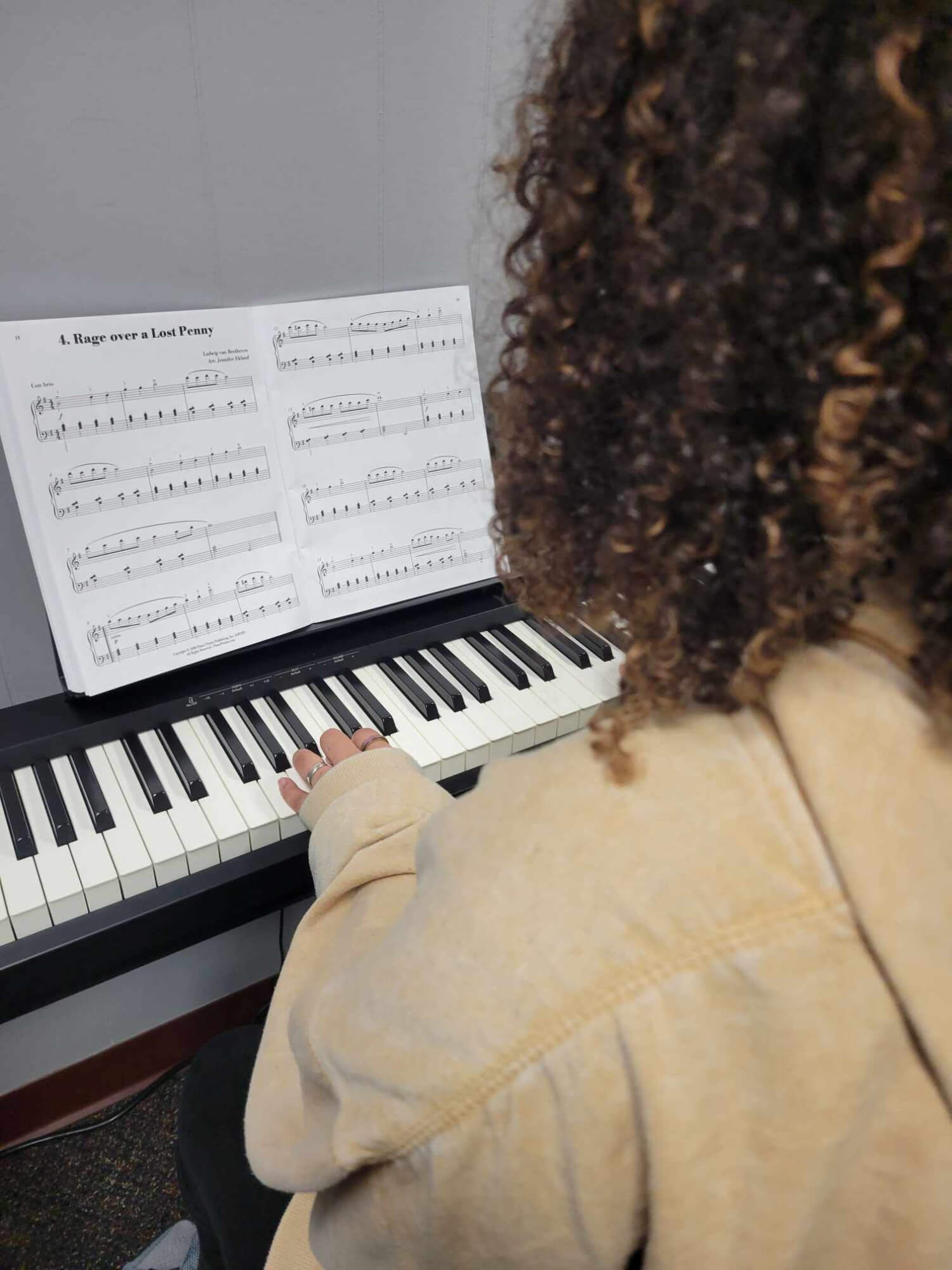


The Role of Community: Building a Support System for Music Educator Moms
1. Connect with Fellow Music Educator Moms:
2. Create a Collaborative Learning Environment:
3. Organize Supportive Playgroups for Children:
4. Attend Professional Development Workshops Together:
5. Establish a Virtual Support Network:

- Build an Emergency Fund: Start by establishing a buffer fund to cover essential expenses during lean months. Aim to save enough to cover three to six months' worth of living expenses, providing a safety net to fall back on when work might be more scarce.
- Embrace Budgeting: Take control of your finances by creating a detailed budget that accounts for both fixed and variable expenses. Prioritize essential costs while identifying areas where you can cut back or optimize spending. Base your budget off of a low month so that you are not surprised by the low months and are able to save for the low months during the higher months.
- Diversify Your Income: Explore multiple revenue streams within your freelance niche to mitigate the impact of inconsistent income. Consider offering additional services, products, or leveraging passive income streams to supplement your primary source of revenue (this is where the GOLD of HBR comes into play! Message me the word "HBR" to learn more!)
- Establish Clear Payment Terms: Set clear payment terms and policies with your clients to ensure timely and consistent compensation. Consider implementing upfront deposits, milestone payments, late fees, and/or invoicing reminders to maintain a steady cash flow.
- Plan for Taxes: As a freelancer, you're responsible for managing your own taxes. Set aside a portion of your income each month for taxes, keeping track of deductible business expenses and maximizing tax-saving opportunities. I have been asked about my system for this a lot lately. Would it be helpful for me to put something together for you that's customized for music teachers? Message me if so and let me know.
- Fair Rates: Know your worth and advocate for fair compensation for your services. Research industry and local standards, communicate the value you bring to your clients, and don't be afraid to negotiate rates that reflect your expertise and experience.
- Invest in Continuous Learning: Stay ahead of the curve by investing in professional development and expanding your skill set. Allocate time and resources for courses, workshops, or certifications that enhance your marketability and open doors to new opportunities. I have a few recommendations for this musically and entrepreneurally (yes, I just made up a word, ha!) if you need!
- Prioritize Work-Life Balance: Maintain boundaries between work and personal life to prevent run-down fatigue and maintain overall well-being. Schedule regular breaks, establish a dedicated workspace, and prioritize self-care activities to recharge and stay productive.
